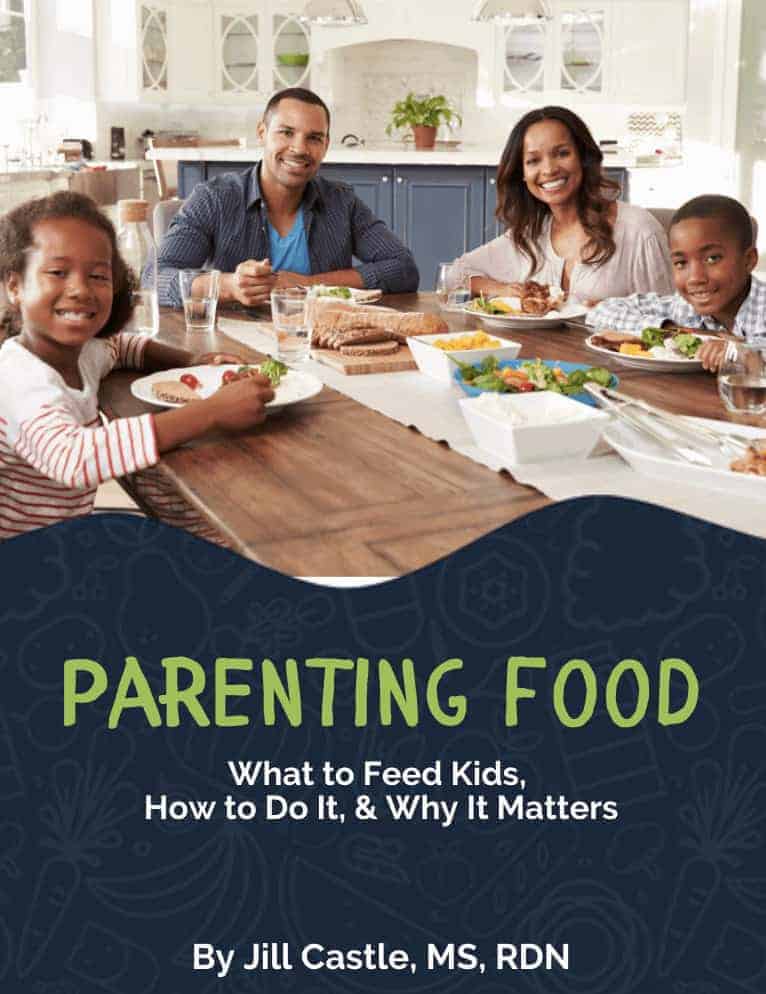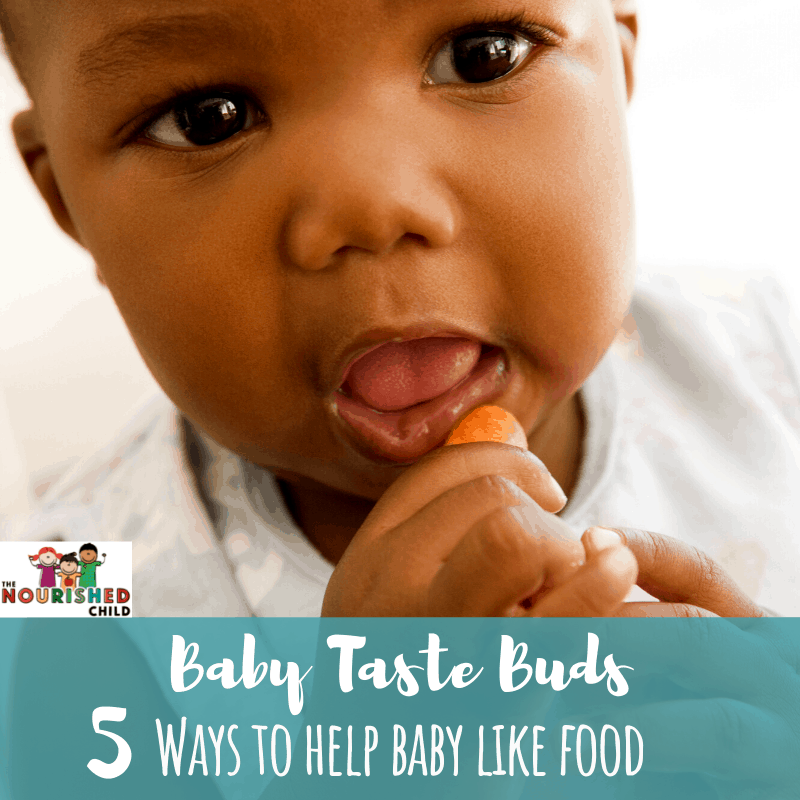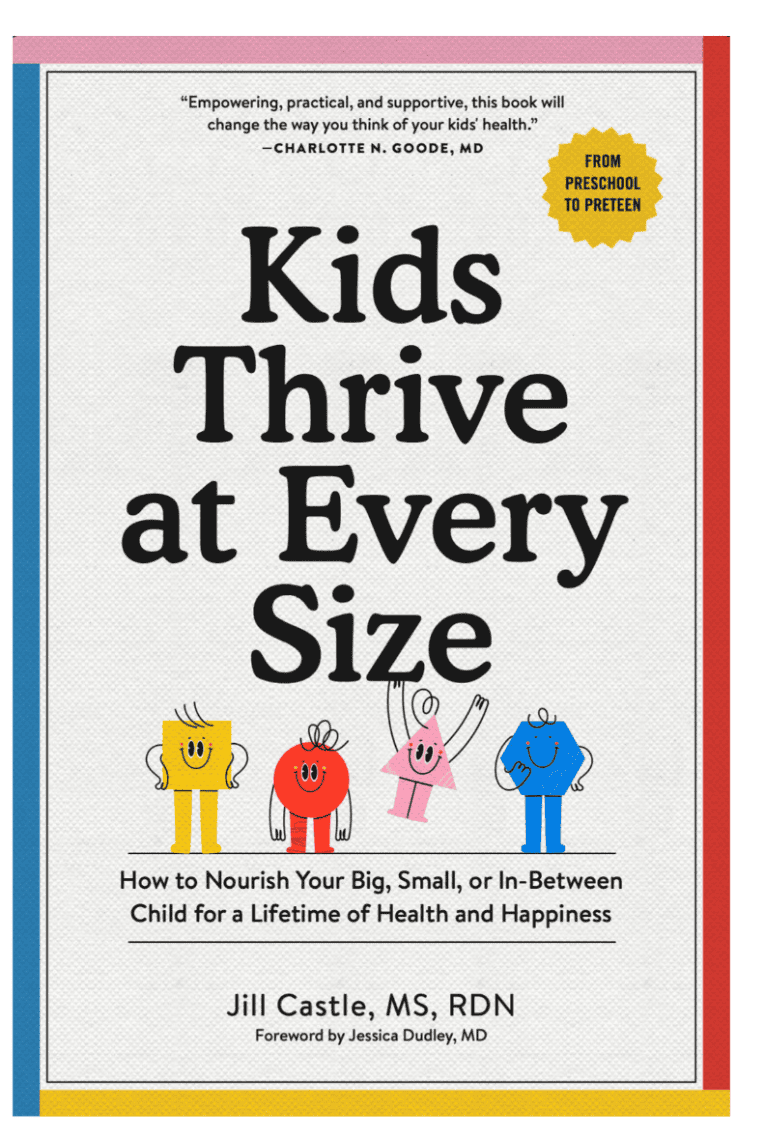Stop Worrying About Whole Milk: Nutrition Facts You Need to Know
July 23, 2021
Is whole milk good or bad for kids? Get the lowdown on the latest research and how whole milk recommendations have changed, the whole milk nutrition facts, and my advice for including it in your family’s diet.
Over the years, our understanding of the benefits of and recommendations for whole milk and vitamin D supplementation has changed for children.
When I had my babies, way back when and over 20 years ago, the practice at the time was to offer whole milk from age one to five years. I followed that practice to a tee.
Supplementing with vitamin D was also recommended. However, the message wasn’t as strong as it is today. So, I didn’t pay too much attention to supplemental vitamin D. I relied on milk, fish, and other sources to supply my children’s needs.
I’m a childhood nutrition expert so sometimes I experienced a little guilt about giving my kids whole milk early in their life and over their lack of vitamin D supplementation.
But, in my defense, the advice was different back then…
In this article you’ll learn:
- The current recommendations about whole milk for kids
- The research in kids and adults regarding whole milk
- Whole milk nutrition facts including calcium and vitamin D
- Recommendations for babies and toddlers
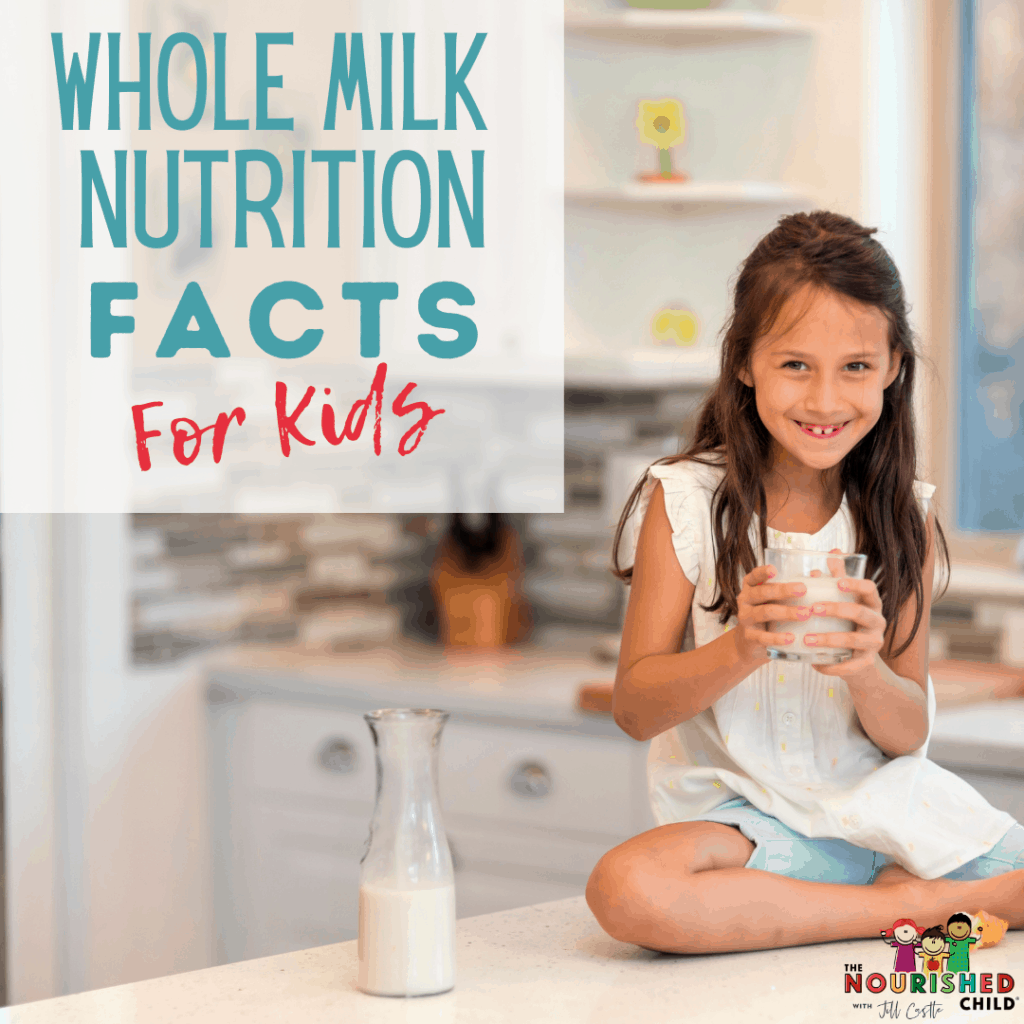
What Are the Current Recommendations for Whole Milk?
The American Academy of Pediatrics (AAP) and the American Heart Association (AHA) recommend low fat or skim milk for children after 2 years old.
The Dietary Guidelines for Americans (DGA) recommend the same — after 2 years of age, switch to low fat dairy products.
For children who carry extra body fat, the guidelines are to offer skim or low fat milk and dairy products, such as 1% low fat milk. This reduces the saturated fat and calories contained in higher fat products.
It is recommended that all breastfed babies, starting in the first few days of life, are given a Vitamin D supplement.
Formula-fed babies receive vitamin D in their formula, however, until they reach an intake of 32 ounces daily of formula or transition to whole milk at 12 months, they also need vitamin D supplementation.
All children and adults from age one to old age need 600 IU of vitamin D per day from food and/or additional supplementation.
Is the Advice on Whole Milk Changing?
Nutrition research science marches on and we’re learning more about the possible benefits of full fat milk for children and the effects of the fat content in whole milk.
Recent studies suggest the fat content in whole milk may not be as bad as we thought when it comes to weight and vitamin D status in children.
Whole Milk Nutrition Facts: Current Research
There is mounting evidence that calls into question the advice of low fat and skim milk, particularly in early childhood regarding its impact on weight and vitamin D status. However, some of these studies have limitations so we need to be careful about taking any individual study alone as evidence to change the current advice.
Fat Content, Body Composition and Vitamin D Status
In a 2016 study out of Canada, researchers looked at over 2700 healthy children aged 1 to 6 years. They evaluated the fat content of milk and its influence on weight and vitamin D status, and whether the volume of milk consumed made a difference.
With every 1% increase in milk fat content, the blood level of vitamin D went up significantly.
Children who consumed whole milk had higher vitamin D levels than children who consumed 1% milk.
The average child who drank whole milk had lower body fat (as measured by BMI z-score*) than a child who consumed 1% milk.
Children who consumed 1 cup of whole milk per day had a blood vitamin D concentration comparable to children who consumed almost 3 cups of 1% milk.
The authors suggest that our current recommendations for low fat or skim milk in the early childhood years may contribute to low vitamin D status and higher body fatness.
Meaning, if your child drinks whole milk, then your child will have a higher vitamin D level and lower body fatness.
Of course, this is just one study, albeit large. As I mentioned, it has its limitations. The study did not establish causation, so the results do not show that whole milk caused lower body fatness.
Nonetheless, this study makes us question our current understanding.
*BMI z-score is a measure of the deviation from the standard BMI expected for weight, age and gender. The BMI z-scores represented the difference between “healthy weight” and “overweight.”
Whole Milk and Weight
A 2017 study looked at whole milk consumption in severely obese low income Latino children aged 3 years old.
After a 24-hour dietary recall, the researchers found these children were less likely to consume any milk, but if they did, it was skim milk.
And those who consumed full fat milk had lower odds of severe obesity.
A 2013 longitudinal study found that 2- and 4-year-olds who drank 2% milk or whole milk had lower BMI z-scores (body fat) than kids who drank 1% or skim milk, and also had lower odds of having weight problems.
In British children, a 2014 study showed that kids who drank higher fat milk at age 10 had lower risk of extra body fat at age 13.
Some Whole Milk Studies Were Different
A 2006 study showed no association between the percentage of milk fat consumed and child weight among 2- to 5-year-olds.
In 2005, one study found that whole milk fat content was not associated with weight changes in teens, but found that consuming 1% milk and skim milk was linked to increases in BMI.
While we don’t have tons of research in kids on this topic, those that exist have either found no influence of full fat milk on weight and vitamin D status, or have found a protective effect.
What Are the Potential Benefits of Whole Milk?
Some studies mention the satiating effect of full fat milk on a child’s appetite: children may get full faster and hold that fullness longer, helping them curtail any extra eating.
The drawbacks of being too hungry can certainly curtail a child’s regulation with eating, leading to food-seeking behaviors, cravings, and overeating.
Also, since vitamin D is a fat-soluble nutrient (it needs fat to be absorbed), it’s possible that the higher fat content of milk helps the body absorb vitamin D more efficiently.
Should You Make the Switch to Whole Milk?
This is a great question.
Let’s look at what the body of research says rather than simply looking at the outcomes of the research highlighted above.
A 2017 PLoS One review and meta-analysis looked at saturated fat and trans-saturated fat intake among children and teens.
Researchers concluded that reducing saturated fat intake to less than 10% significantly reduced total cholesterol, LDL cholesterol, and blood pressure in children.
These effects were greatest when polyunsaturated fats or mono-unsaturated fats, like those found in nuts and fish, replaced saturated fats in the children’s diet. The switch did not compromise the children’s growth, cognitive development or nutrient intake.
The authors suggested that reducing the intake of highly processed, fried food, fast foods and snacks, processed meats and fatty meats, while increasing high fiber fruits and vegetables, nuts and seeds, lean meats and reduced fat dairy foods is a core approach to improving children’s diets.
What Milk is Best for Babies 1-Year-Old?
Babies should not drink any cow’s milk in the first year of life.
Before 1-year-old, babies should only be offered formula or breast milk. Young children’s digestive systems are not ready to handle whole milk until age one.
If cow’s milk is introduced too early, it can cause gastrointestinal bleeding and contribute to iron deficiency anemia. Iron deficiency can impair cognitive, motor, and behavioral development.
However, plain whole milk yogurt for babies around 6 months (when you start solids) is fine. Babies can also have foods that contain milk baked into them like pancakes and muffins after they’ve been introduced to solids at around 8 -9 months of age.
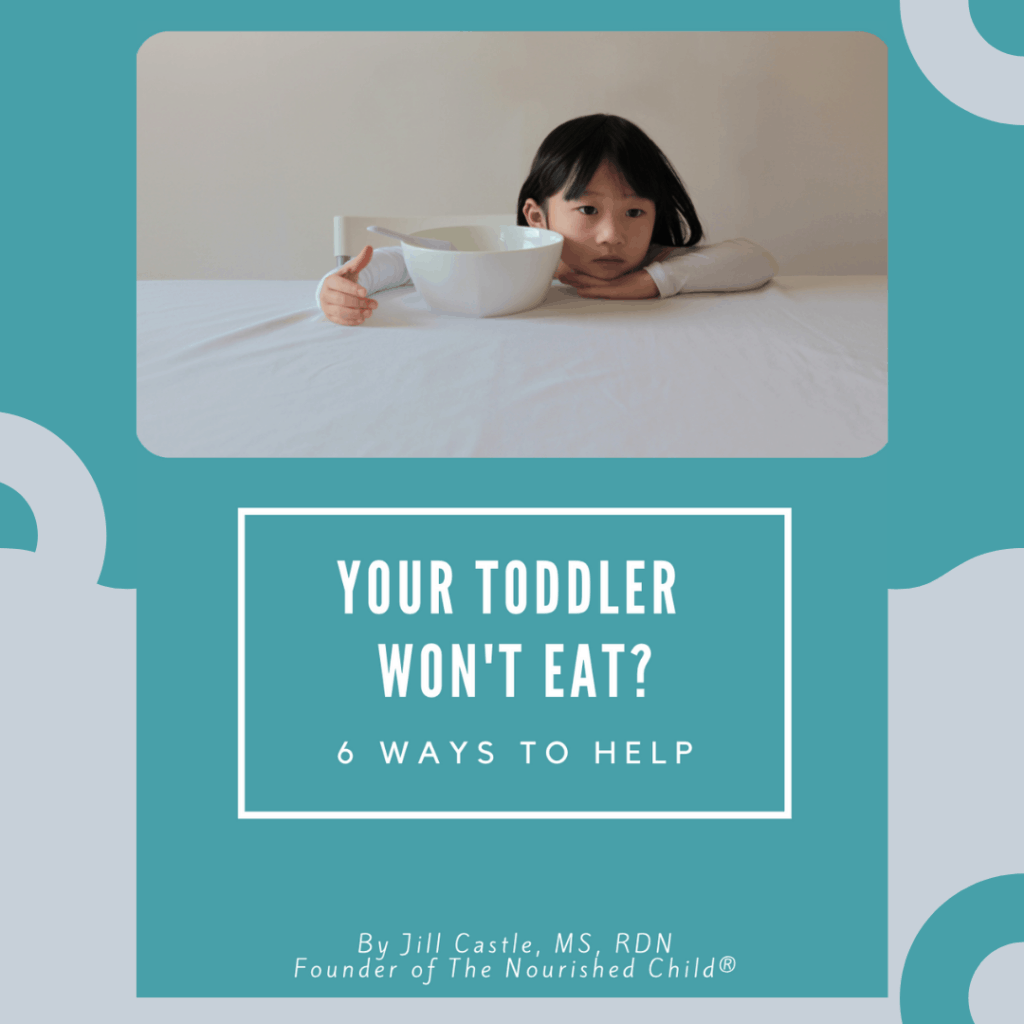
Frustrated with your toddler’s eating? Get my FREE guide.
Which Milk Is Best for Babies After 12 Months Old?
Toddlers younger than two years old are encouraged to drink whole milk.
This is because the whole milk fat is beneficial to their growth and development, especially with the need for nutrient-dense foods in their diet.
After 2 years old, the current recommendations are to transition to a lower fat milk. However, if your toddler is having difficulty gaining weight, you may want to stick with whole milk.
If your family doesn’t do dairy, be sure to read my article on the best milk for kids so you can choose the best option for your family. The article compares the various milk substitutes and highlights considerations for choosing the right milk alternative.
Whole milk nutrition facts have changed over the years as research uncovers more about how different fats affect the body and interact with key nutrients such as calcium and vitamin D. These nutrients are especially important during childhood and teenage growth spurts.
As a pediatric nutritionist, I believe it’s all about food balance.
If you make the switch to full fat milk, look at the big picture of your family’s diet.
Is your family’s diet relatively low in overall fat?
Are the fat sources in your family’s diet primarily plant-based and mono-unsaturated fats?
If your family eats a high-fat diet already, such as hitting the fast food drive through, favoring fried foods and desserts and high-fat meats on the regular, then moving to full fat milk may not be optimal.
However, a switch to full fat milk could make sense if your family includes plenty of plant fats (avocado, olives, plant oils, etc) and other healthy fats (such as fatty fishes).
[Can’t get your kiddo to eat fish? Be sure to read: 5 Tips to Help Your Child Eat Fish]
Personally, I’ve made the switch back to whole milk.
As I mentioned, for the first 5 years of life, all of my children received whole dairy products: milk, yogurt, and cheese.
Since my boy entered adolescence, I made the strategic switch back to full fat milk and dairy products, even for myself.
For him, it was more satisfying and provided bone-building nutrients, protein and carbs, fullness, and more (even though he opts for lactose-free milk) for his growing, athletic body.
And that guilt I felt for all those years? I think it’s balancing itself out…
I’m curious, do you give your child whole milk?
Other News about Dairy
If you want to learn more about dairy, check out these articles:
6 Kid-Friendly Fermented Foods You Can Find in the Fridge
Non-Dairy Milk: 5 Facts You Should Know
Training for the Olympics and for Life with Gevvie Stone
How to Choose the Best Kids Yogurt
Need More Help Feeding Your Child?
Be sure to check out our helpful guides, mini-trainings and classes on childhood nutrition! For more information about the dairy farm families of New England, school nutrition, and health and wellness topics, please visit New England Dairy & Food Council.


Jill Castle, MS, RD
I like empowering parents to help their children and teens thrive at every size with realistic advice centered on healthful habits around food, feeding, nutrition and health behaviors. As a pediatric dietitian and author, my goal is to share strategies and realistic advice to help you raise a healthy and happy child through my articles and podcast.

